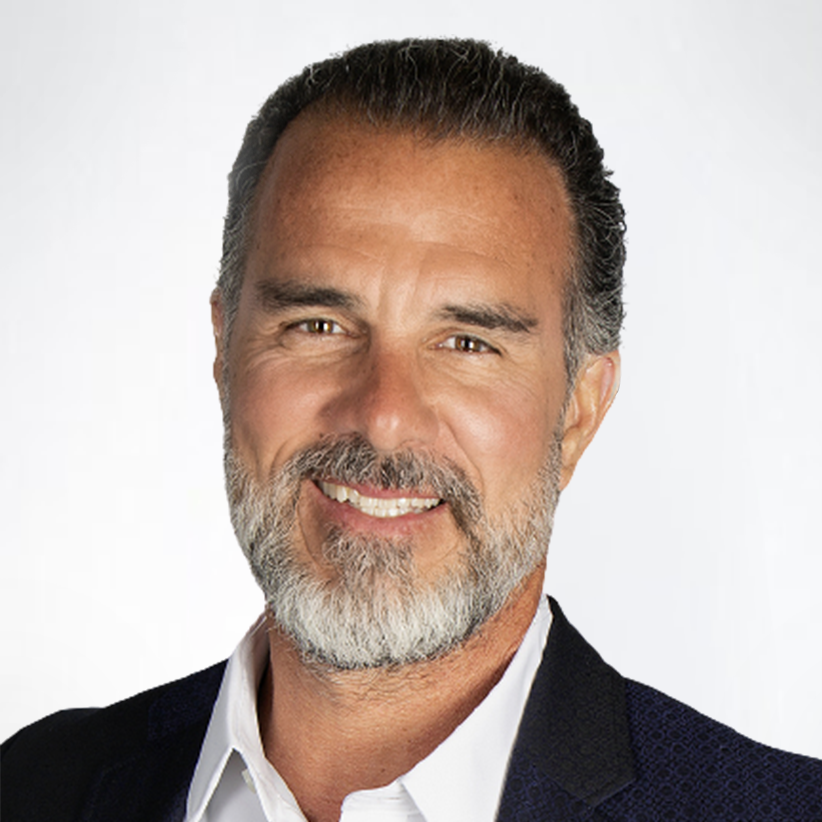For patients and their families, the direct costs and out-of-pocket (OOP) expenses associated with cancer care are constantly increasing. Among 1,767 patients with cancer participating in an Internet-based survey conducted by the University of Texas MD Anderson Cancer Center and NexCura, 20% of respondents reported OOP costs of more than $10,000; 4% indicated OOP expenses exceeding $50,000.1
The shift to oral-based cancer treatments compound the issue of OOP costs since orals are typically covered under the pharmacy benefit and placed in the highest tiers of health plans. This requires high coinsurance responsibilities for patients.
Impact of financial toxicity on patients
The term financial toxicity describes the negative financial impact of cancer care on patients and their families.2,3 For example, in a survey of 1,041 cancer patients, nearly 25% chose not to get recommended healthcare services, including treatment, because of high OOP costs.4 A systematic review of 25 recent studies found that 55% of cancer survivors aged 18 to 64 years reportedly owed at least $10,000 and 3% had declared bankruptcy.5
Patients who do not receive the intended treatment as prescribed or experience treatment delays caused by affordability concerns have a higher likelihood of compromised health outcomes and greater risk of mortality. Although financial support is often available to patients, accessing financial assistance can be extremely complicated and cumbersome.
Research suggests that while financial assistance programs offered by pharmaceutical companies have the potential to increase patients’ access to needed treatment, many patients who qualify for these programs are unaware that they exist.6,7
Navigation assistance would ultimately enable more cancer patients to benefit from financial support programs and get the oncology care they need.
Impact of financial toxicity on practices
Oncology practices in the United States are also feeling the impact of financial toxicity. Practices have increasingly incurred bad debt resulting from uncompensated care and unpaid financial obligations. From a sample of 125 million outpatient visits across 1,348 practices, results showed that for patient OOP costs above $200, 67% of the average balance was paid within a year, roughly 16% was written off as bad debt, and about another 17% was sent to collection agencies.8
Case study: proposing a solution
As a whole, the oncology community has struggled to successfully deal with the experience of financial toxicity.3 Providers frequently lack the necessary resources to sufficiently navigate financial assistance programs. This work tends to be highly manual and resource intensive, resulting in staff exhaustion and patient and provider frustration.
According to a survey conducted by the Community Oncology Alliance, patients fear the costs of cancer care as much as they fear dying from the disease.9 Finding solutions to alleviate financial toxicity in the oncology setting is an unmet need.

Michael Mitrani, Director of Revenue Operations for New York Cancer & Blood Specialists (NYCBS), highlighted the pitfalls associated with financial navigation services currently employed by most oncology providers.
According to Mitrani, NYCBS’s old oncology model was labor and resource intensive and fraught with financial risks for patients. Specifically, tracking the detailed workflow across numerous offices and the number of patients in need of financial assistance was a difficult task. NYCBS employs eight financial counselors to oversee 42 offices. Each financial counselor oversees financial toxicity issues experienced by patients.
The fact that there are so many financial assistance programs available (eg, co-pay assistance programs, free and replacement drug programs), each with their own nuances and requirements, made it difficult to research on individual patients. It was time consuming and ran the risk of missing opportunities for patients. In addition, prior authorizations and waiting on financial assistance approvals had the potential to cause treatment delays for patients.
As a solution, NYCBS implemented the technology-based financial navigation tool AssistPoint® by Annexus Health. The software identifies available financial assistance programs, enrolls patients in the programs, tracks financial issues related to treatment, and reports all aspects of financial assistance cycle management (FACM).
“We now have a means to achieve all of the processes associated with FACM with pinpoint accuracy as well as a high-level oversight into our practice’s volume of patients in financial distress,” said Mitrani.
Mitrani pointed out that AssistPoint® has also given their financial counselors the ability to focus on procuring financial assistance and providing answers to patients. Researching, applying, and documenting has significantly shortened the time spent per patient case.

Quantitatively, NYCBS has seen a 100% increase in the collections by financial counselors with the software solution. Additionally, its weekly average for financial counselors was approximately $15,000 to $20,000 and increased to around $35,000 to $40,000 post implementation, with the same number of counselors.
Annexus Health recently reported that it has processed over $160 million in patient financial assistance awards through AssistPoint®.10
“We have long awaited the arrival of a software system that will directly pull information from our practice management system and individualize patient assistance, program by program, while accessing the difficult-to-work-with disease funds,” said Jeff Vacirca, MD, FACP, Chief Executive Officer of NYCBS.11
About the contributor

Joe Baffone is the Co-Founder and CEO of Annexus Health. Joe has over three decades of business leadership experience in providing solutions to market access barriers and improving patient access to care.
References: 1. Markman M, Luce R. Impact of the cost of cancer treatment: an internet-based survey. J Oncol Pract. 2010;6(2):69-73. doi:10.1200/JOP.091074 2. Zafar SY, Peppercorn JM, Schrag D, et al. The financial toxicity of cancer treatment: a pilot study assessing out-of-pocket expenses and the insured cancer patient’s experience. Oncologist. 2013;18(4):381-390. doi:10.1634/theoncologist.2012-0279 3. Sherman DE. Transforming practices through the oncology care model: financial toxicity and counseling. J Oncol Pract. 2017;13(8):519-522. doi:10.1200/JOP.2017.023655 4. Cancer Support Community. Access to care in cancer 2016: barriers and challenges. November 2016. Accessed August 7, 2019. https://www.cancersupportcommunity.org/sites/default/files/d7/document/access_to_care_in_cancer_2016_barriers_and_challenges_slide_deck.pdf 5. American Society of Clinical Oncology. The state of cancer care in America, 2017: a report by the American Society of Clinical Oncology. J Oncol Pract. 2017;13(4):e353-e394. doi:10.1200/JOP.2016.020743 6. Choudhry NK, Lee JL, Agnew-Blais J, Corcoran C, Shrank WH. Drug company-sponsored patient assistance programs: a viable safety net? Health Aff (Millwood). 2009;28(3):827-834. doi:10.1377/hlthaff.28.3.827 7. Chisholm MA, DiPiro JT. Pharmaceutical manufacturer assistance programs. Arch Intern Med. 2002;162(7):780-784. doi:10.1001/archinte.162.7.780 8. Chernew ME, Bush J. As patients take on more costs, will providers shoulder the burden? Health Affairs. May 4, 2017. Accessed August 7, 2019. https://www.healthaffairs.org/do/10.1377/hblog20170504.059950/full/ 9. Survey: Americans fear paying for cancer treatment as much as dying of the disease. Oncol Times. 2009;31(15):16-17. doi:10.1097/01.COT.0000359041.61430.0c 10. Our impact. Annexus Health. Accessed September 9, 2019. https://www.annexushealth.com/ 11. Annexus Health marks its two-year anniversary with $142 million milestone in patient assistance awards processed through AssistPoint. News release. PR Newswire. July 16, 2019. Accessed August 5, 2019. https://www.prnewswire.com/news-releases/annexus-health-marks-its-two-year-anniversary-with-142-million-milestone-in-patient-assistance-awards-processed-through-assistpoint-300885153.html


